The 1970 Chevrolet Chevelle SS LS6 454 stands as a testament to the golden age of muscle cars. During the late 1960s, the muscle car craze was in full swing, and Chevrolet’s Chevelle SS had become one of the most popular choices among enthusiasts. However, high insurance costs and legislative actions were threatening the very existence of these powerful machines. In this article, we delve into the exceptional nature of the 1970 Chevelle SS LS6 454, a true freak of nature that defied all expectations.
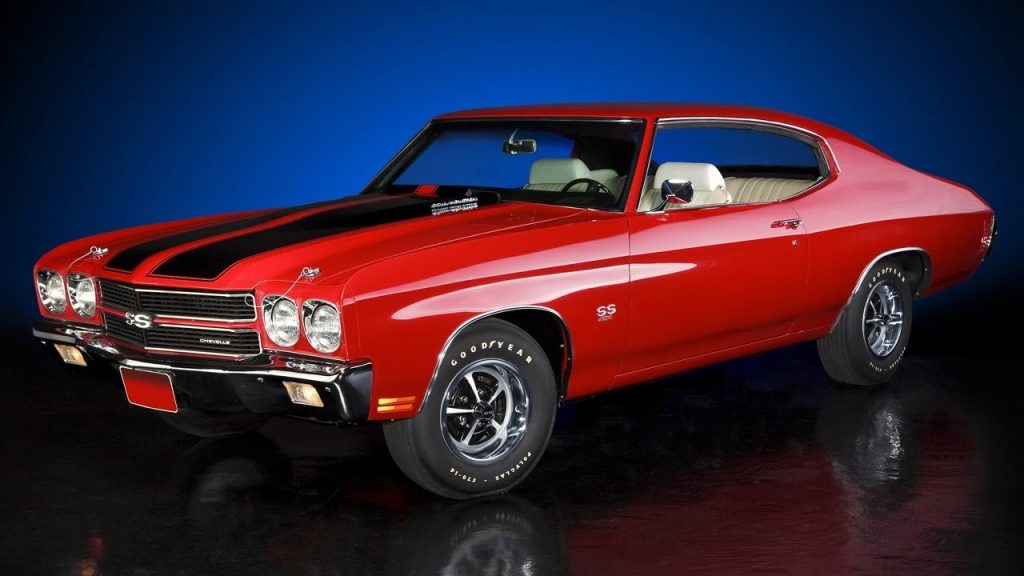
The Rise of Muscle Cars and the Chevelle SS
Back in 1970, the automotive industry was buzzing with excitement. The demand for high-performance vehicles was soaring, thanks to the success of the iconic 1964 GTO that kickstarted the muscle car craze. Horsepower and engine displacements were on the rise, and there was a muscle car for every taste from various auto manufacturers.
However, the glory days of muscle cars were about to face challenges. Skyrocketing insurance costs and increasing legislative actions were posing threats to these powerhouses. The low-performance era was looming, and by 1975, the performance of most cars would decline significantly.
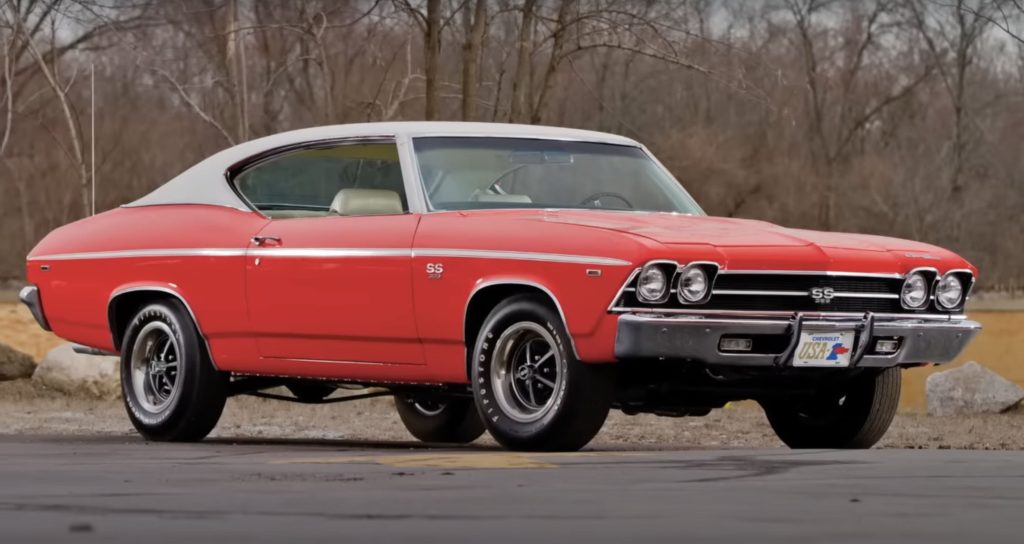
Amidst these challenges, the Chevelle SS had been steadily gaining popularity since its debut in 1965. By the late 1960s, it had garnered a strong and faithful following, making it one of the most sought-after muscle cars. But restrictions set by General Motors (GM) limited the Chevelle SS to a 396 cubic inch big block V8 engine from 1965 to 1969.
Breaking the Boundaries: COPO and the 454 Cubic Inch V8
Fortunately, Chevrolet found a way to circumvent these restrictions. They introduced the Central Office Production Order (COPO) program, which allowed customers to special order their Chevelles with the legendary 427 cubic inch V8 engines, including the fearsome L88. Though the COPO program enabled the production of some legendary 427-powered Chevrolet muscle cars, the overall production was limited.
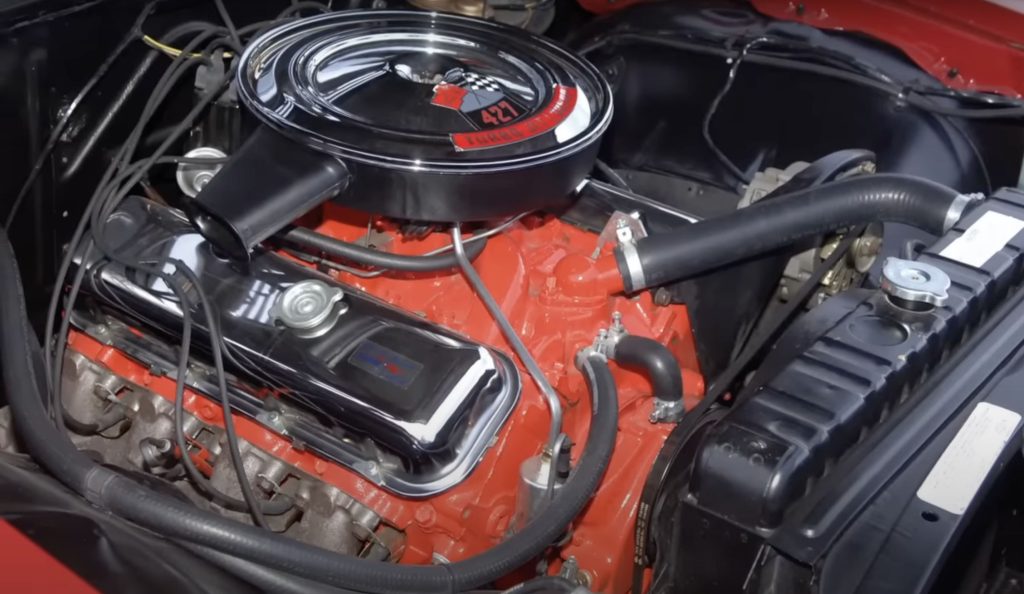
GM decided to lift the restrictions for the 1970 model year, and Chevrolet seized this opportunity by introducing the 454 cubic inch V8 as an option for the Chevelle SS. The 454 V8 belonged to the Chevrolet Mark 4 big-block V8 engine family. It was a significant step forward for Chevrolet, as the legendary 427 big-block V8 had been the largest displacement engine the company offered in 1969.
The LS5 and LS6 Options: Unleashing Power and Performance
With the introduction of the 1970 Chevelle SS 454, Chevrolet provided two distinct SS options: the Z25 SS 396 and the C15 SS 454. The SS 396 option allowed customers to choose between two 396 cubic inch V8 engines—the L34 with 350 horsepower and the L78 with 375 horsepower.
However, there was an intriguing secret surrounding the 396 for 1970. It no longer displaced 396 cubic inches but had been increased to 402 cubic inches due to a 0.030-inch overbore. For reasons unknown, Chevrolet decided to designate the 402 cubic inch engine as the SS 454 or Z15.
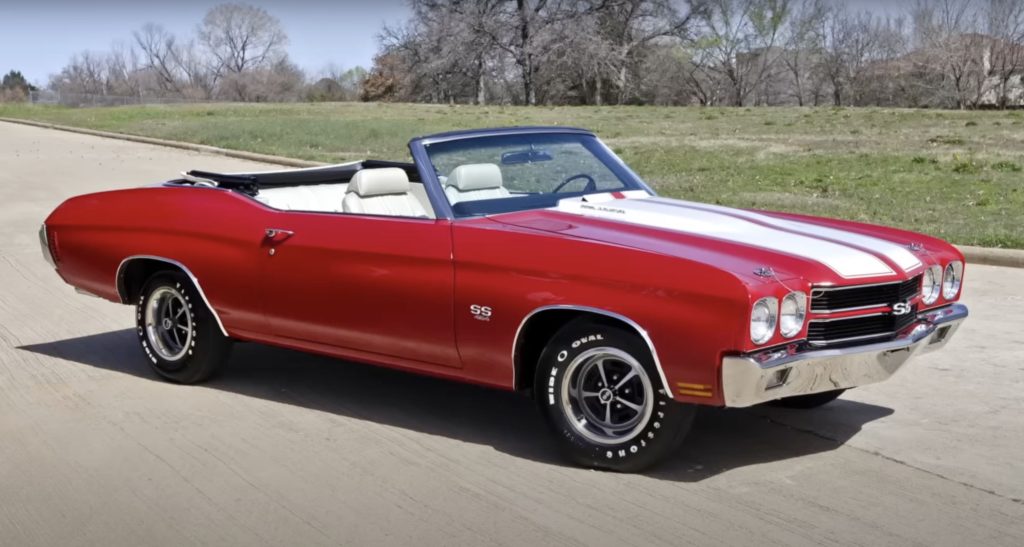
LS6: The King of Power and Torque
A mid-year addition to the 1970 Chevelle SS lineup was the LS6 engine, which added fuel to the fire. The LS6, with its impressive 11.25:1 compression ratio, was factory-rated by Chevy at 450 horsepower and a staggering 500 pound-feet of torque. The LS6 achieved this immense power through various enhancements, including solid valve lifters, a forged steel crank, TRW forged aluminum pistons, forged connecting rods, an aluminum intake manifold, and an 800 CFM Holley four-barrel carburetor.
Powering the LS6 were two available transmissions: the Muncie M22 Rock Crusher four-speed manual and the three-speed Turbo-Hydramatic 400 automatic. Performance enthusiasts had a range of performance rear axle options, with the most potent being the Positraction 4.10 rear axle.
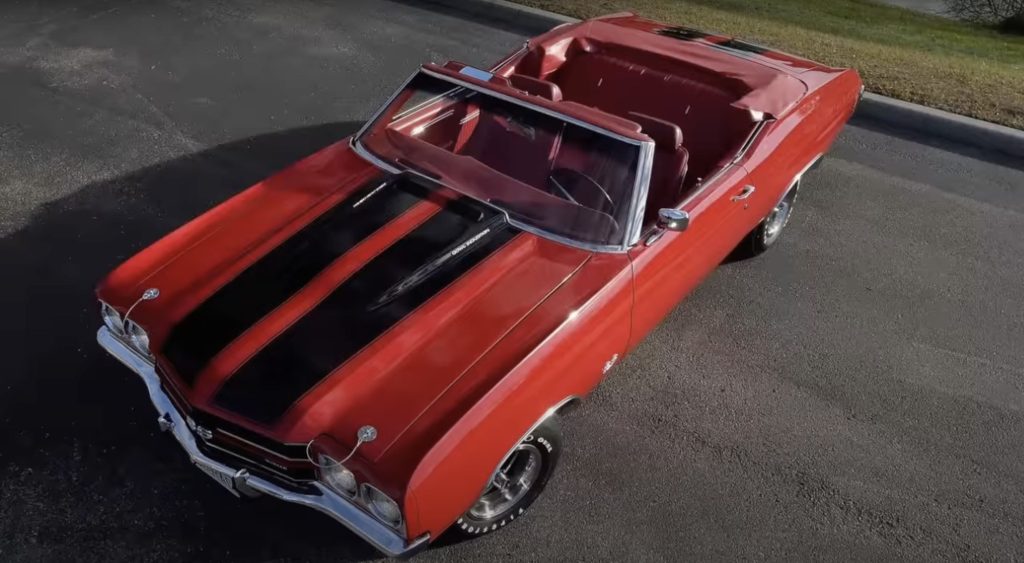
Unleashing the Beast: Performance and Legacy
On paper, the LS6 was the most powerful production engine of the muscle-car golden era. Magazine tests consistently recorded quarter-mile times in the 13-second range, an extraordinary feat considering the LS6 Chevelle SS weighed around 4,000 pounds with the driver and fuel.
Car Craft magazine featured an impressive quarter-mile time for the LS6 in their November 1969 issue, clocking it at 13.12 seconds and a speed of 107.01 mph. These figures astounded muscle car enthusiasts and solidified the LS6’s reputation as a true powerhouse.
The Chevelle SS LS6 wasn’t just about straight-line speed. It boasted a heavy-duty F41 suspension, which included not only robust suspension components but also 14×7-inch wheels and F70 tires. This combination allowed the LS6 to handle corners with finesse, making it a versatile performer.
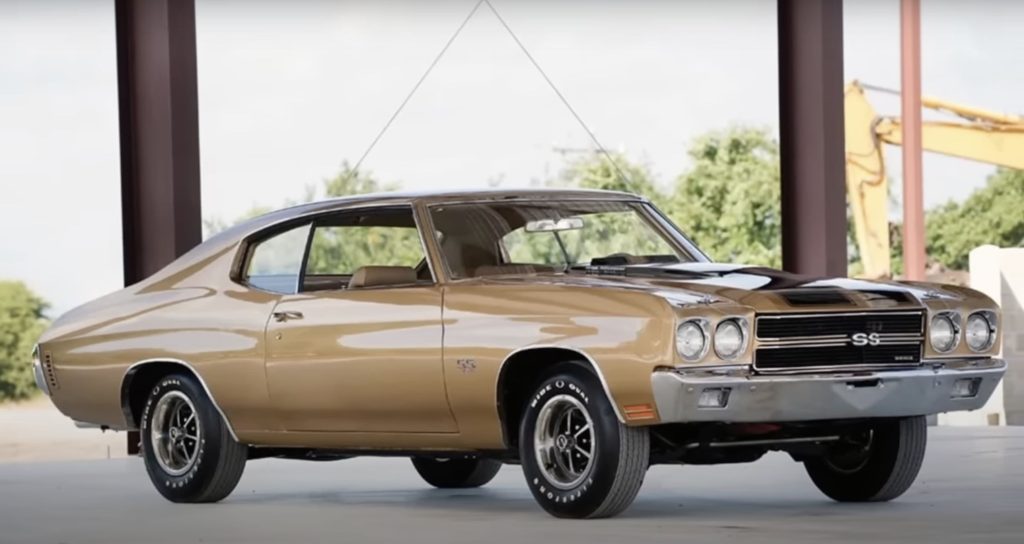
A Rarity in Numbers: Production and Styling
Despite its exceptional performance, the 1970 Chevelle SS LS6 was a low-production car. Only 4,475 units were sold out of a total of 62,372 1970 Chevelle SS models produced. The LS6’s high price tag, starting at around $4,500, made it a significant investment for the average buyer whose income averaged around $10,000 in 1970.
Apart from its incredible power, the 1970 Chevelle SS LS6 was visually stunning. It retained the iconic Chevelle body style introduced in 1968 but featured updated front and rear-end designs. The muscular and aggressive aesthetics perfectly matched the beastly performance under the hood. The chrome-tipped dual exhausts added to its overall appeal.
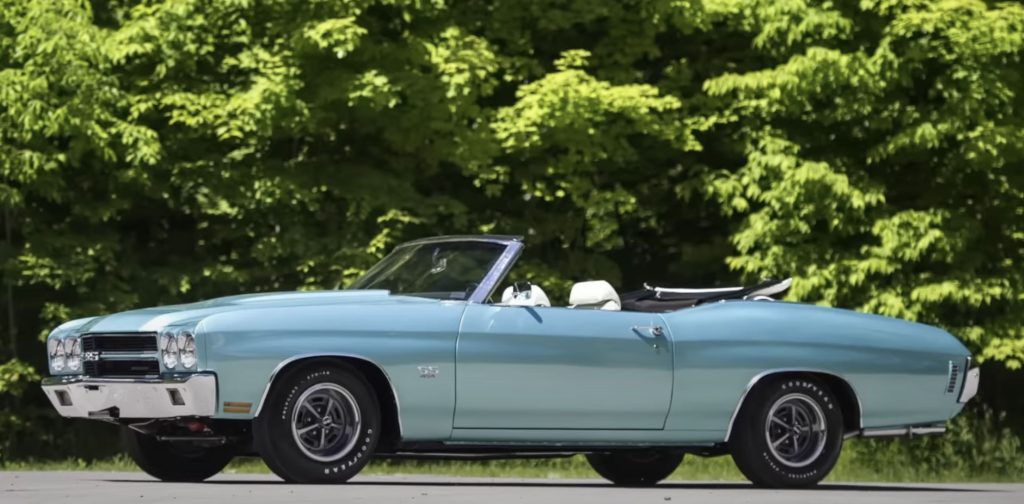
The Legacy and Rarity of the LS6
The LS6 454 engine made a brief appearance in 1971, only available in the Corvette, where it produced 425 horsepower. However, due to the drop in compression ratios to meet new federally mandated unleaded fuel standards, all GM engines suffered a decline in horsepower ratings after 1971.
The LS6 454 left a lasting impression as the pinnacle of Chevrolet’s muscle car era. Its unmatched power and performance marked the end of an extraordinary chapter. The 1973 Chevelle SS would be the last Chevelle to wear the SS emblem, concluding a remarkable legacy.
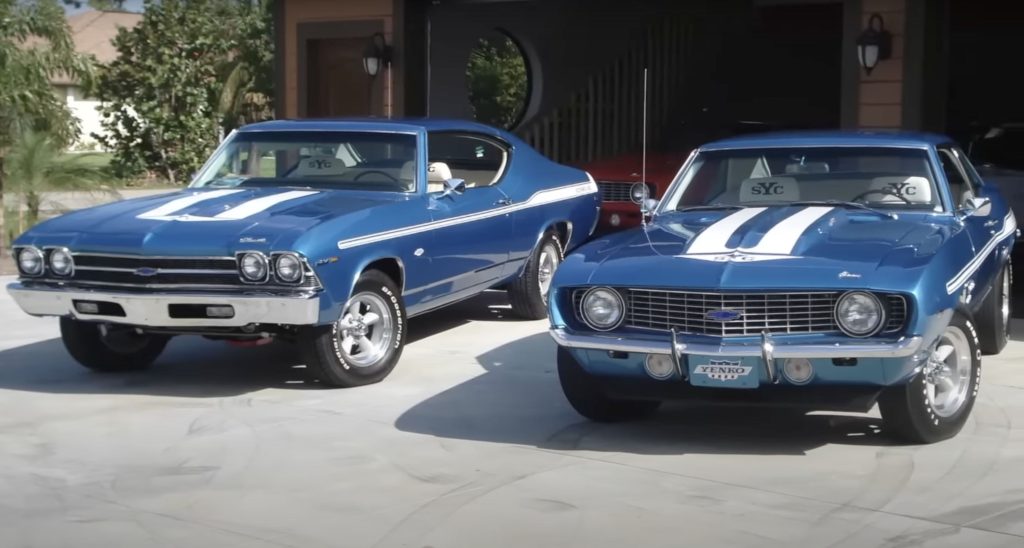
Conclusion
The 1970 Chevrolet Chevelle SS LS6 454 remains an enduring symbol of power and performance from a bygone era. Its incredible capabilities and distinctive features set it apart as a true freak of nature. From its fearsome LS6 engine to its aggressive styling, the LS6 Chevelle SS left an indelible mark on automotive history. Today, it stands as a rare and highly sought-after classic, embodying the spirit of the golden age of muscle cars.

Frequently Asked Questions (FAQs)
1. How many 1970 Chevelle SS LS6 454 models were produced? Only 4,475 units of the 1970 Chevelle SS LS6 454 were sold out of a total of 62,372 1970 Chevelle SS models produced.
2. What was the horsepower rating of the LS6 engine in the 1970 Chevelle SS? The LS6 engine was factory-rated at 450 horsepower in the 1970 Chevelle SS.
3. What were the available transmission options for the LS6 Chevelle SS? The LS6 Chevelle SS could be equipped with either a Muncie M22 Rock Crusher four-speed manual transmission or a three-speed Turbo-Hydramatic 400 automatic transmission.
4. What was the quarter-mile time for the LS6 Chevelle SS? The LS6 Chevelle SS consistently achieved quarter-mile times in the 13-second range in magazine tests, with the fastest recorded time being 13.12 seconds.
5. Why was the LS6 engine discontinued after 1971? The LS6 engine, along with other GM engines, experienced a drop in horsepower ratings after 1971 due to new federally mandated unleaded fuel standards. This led to a decline in compression ratios and the detuning of high-performance engines.